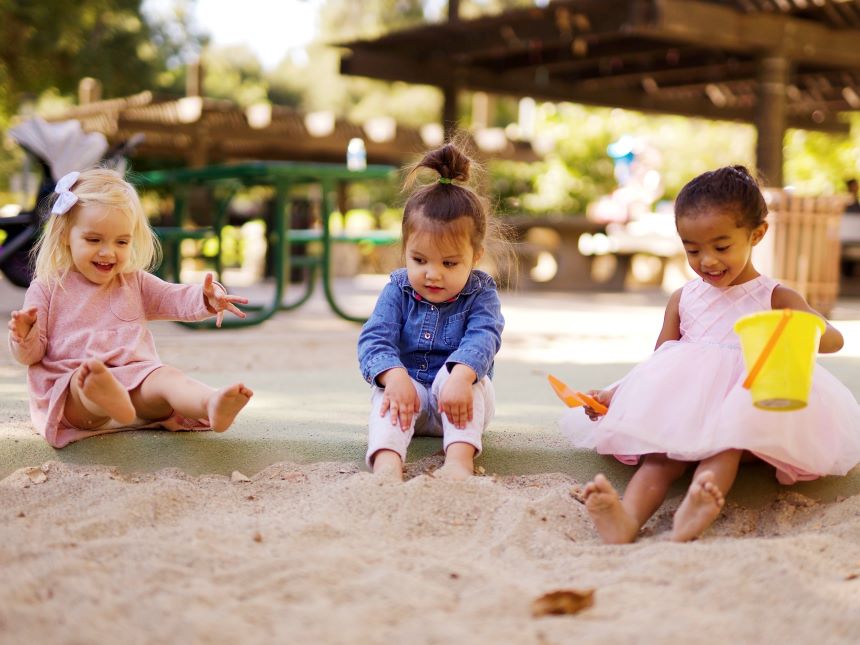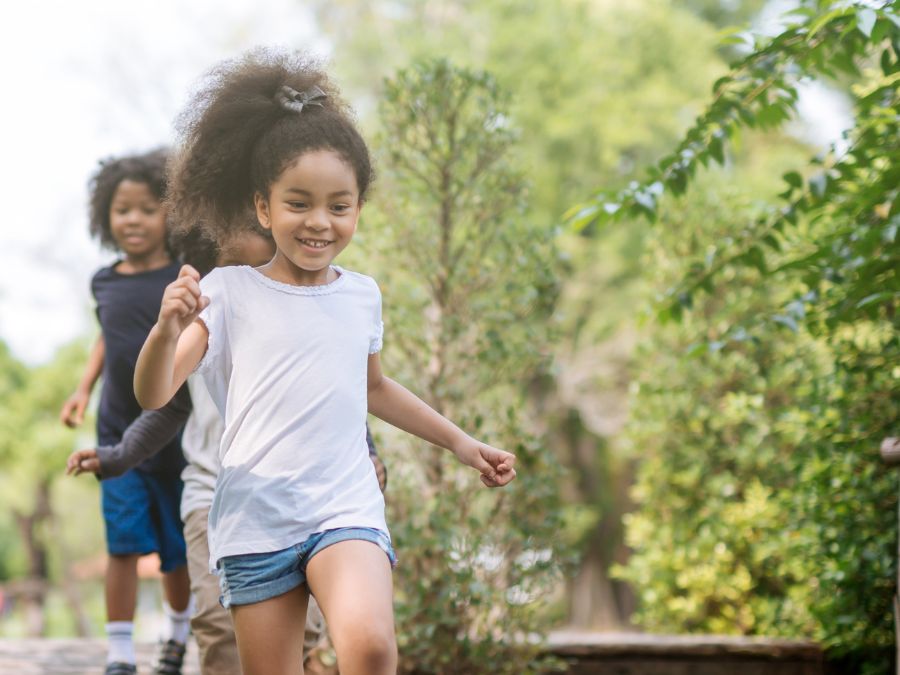
Below is an interview with Audrey Smolkin, the Executive Director of the new Center on Child Wellbeing and Trauma. The HOPE Team worked with Audrey and her team to incorporate the HOPE framework into their new website. Learn more about this new center and how HOPE contributes to their amazing work in the Massachusetts community!
Please introduce yourself and your work to our readers.
I am the Executive Director of the Center on Child Wellbeing and Trauma (CCWT), which is managed out of the University of Massachusetts Chan Medical School in partnership with the Office of the Child Advocate. We received funding for the Center from the state budget.
How did the Center on Child Wellbeing and Trauma (CCWT) come about, how does CCWT address the needs of children and families in Massachusetts?
The Center on Child Wellbeing and Trauma came about over several years. We had been working on the issues of trauma, particularly trauma, race, and resilience. For me, personally, this came about really through a racial equity lens. About four years ago, before COVID-19, I started looking at public policy solutions for children, youth, and families in our state that often involve state systems, such as the Department of Children and Families, Department of Mental Health, Department of Youth Services, and the Executive Office of Health and Human Services. I noticed that there was a huge disproportionality in the children who were involved in those systems. As a state, we are relatively white, but children who are involved in the system are very disproportionately children of color. For a state that’s about 12% individuals of color, we have children in those various systems at much higher rates. So I started looking at why that was going on; the impact of racial trauma, systemic racism, as well as trauma in general. So many of the families and children that we were seeing in the state were experiencing very high levels of trauma.
So, several years ago, I started looking at the confluence of trauma, race, and resilience. I had a wonderful meeting with Senator Harriet Chandler of Worcester, and we hosted a Worcester convening on trauma, race, and resilience. At the same time, out of the Office of the Child Advocate, who was one of our very first partners in that convening, Melissa Threadgill, Director of Strategic Innovation, was pulling together resources to really look at trauma from the perspective of the childhood trauma task force. This task force came up with some very concrete examples of what we needed, and it was focused on organizational change. Meaning that we need to work with organizations that work with children and families to be more trauma informed and responsive.
We need any organization that touches children, to see how they are working with children, and whether it is in a healing responsive way. We focus on three major areas. Assessing organizations, where they are on their journey to become trauma informed and responsive. We use the trauma-informed organizational assessment that is out of the National Child Traumatic Stress Network. And we work with organizations to take that tool and then coach them along the way in where they can improve on being more healing responsive. It addresses the needs of child and families in Massachusetts through organizational systems transformation.
How does the Center for Wellbeing and Trauma website help share the message of CCWT, and what do you want people to walk away with after visiting the website?
The website gives organizations a sense of how they can move forward to become more healing responsive. While the site has definitions and information about being healing responsive, there are also toolkits for them to utilize. Even if you only have two hours to look at the website, there is the training someone could do on racial equity. If you’re an early childhood educator, there are resources for you to learn how to do better transitions for the children you see that have experienced something very difficult with information on how you can make their transition more trauma informed and healing responsive. There are a lot of really good resources on this site for people in different areas of care. The website also includes ways to partner with us and updates on our work. These are concrete things people can walk away with after visiting the site.
Why was HOPE included on the website, how does it fit into the mission of CCWT?
In trauma world, we almost always talk only about trauma, and HOPE is one of the first groups to really focus on the protective factors. This is what HOPE brings and why they were included on the website, to try to change the conversation. We wanted to include HOPE because we were only telling half the story, sharing that children experience trauma and that is it, versus when Bob does that piece on trees you see the tree get injured and it starts to heal, and a really cool structure can grow out of where the injury used to be.
So let’s talk about all the different trees and the diversity that contributes to our society, and see humans as a forest and the good pieces that come out of it. The section on HOPE is one of the happiest parts of the website and truly does fit in with our mission. We will never completely stop trauma. We are never going to have a world without trauma. But we might have a world that responds better to trauma, to start the healing, to send children and families and communities to a place that is more healing responsive. And that would be my goal.
In terms of the mission, our ultimate goal is that we really are not the Center on Child Well-being without HOPE, if we are not looking at those protective childhood factors, and how we can create systems and communities that are more healing responsive, without that we are never going to get to wellbeing. So it is really an honor to be able to include HOPE’s messages, resources and tools, because that’ll help us get to that well-being piece.
How do you see HOPE fitting into or being integrated with trauma-informed care? How do they differ?
It is a really interesting evolution of what we mean by trauma informed care, and HOPE is a really key part of where I see the future of trauma informed and responsive care going. The first wave of trauma work was focused on, “a child is traumatized.” And at this time we really only looked at the child’s immediate ecosystem and those primary 10 ACEs. Then the next phase was looking at, community, poverty, and racism; the larger systems also impacting children and families. And now we are starting to talk about how we get to well-communities. This is where HOPE and the protective factors come in, as it is less about trauma informed care and more about how it is integrated into healing responsive care.
Our ultimate goal is healing communities that actually embrace children and get them to be in a better place and support their wellbeing. The goal is not trauma information being just about how many ACEs there are, that is a means to an end. We need that information to know how to set up systems, to try to get to wellbeing, but what we really need is healing responsive organizations, and that is the HOPE. That is where we can try to say, okay, how we can move forward in being more responsive to what children and families and communities need? How will things look differently once you’ve become healing responsive? And that could mean the change in a variety of ways including how organizations interact with the people they are supporting. Our ultimate goal is supporting Massachusetts in becoming trauma informed and responsive.
Is there anything that you would like to share that has not been asked?
I started my career in the Clinton white house, really looking at poverty and the damage we do to families when children start their life in poverty, and experience the trauma of poverty, unstable housing, and the racist structures that make communities not feel welcomed. We start them at such an unfair place. And I think the mission of all of our work, HOPE’, and the Center on Child Well-being and Trauma needs to be focused on creating an even playing field where we are really all starting from a position of health and ability to contribute to each other.
I have noticed over the last couple of years of COVID people are deeply struggling. Even people, who have the gift of the privilege of being able to work from home, who may not have to worry about food for their next meal or stable housing or being in a healthy relationship, it is up to this group to raise up all of the boats together. We are all in this storm, and I’ve seen so much, battening down the hatches. Maybe it is time to say, we need to save the whole fleet and what is lost when we do not save the whole fleet? What is the cost of this ongoing trauma and people being out for themselves? My goal, and I think the goal of the work is to say, how do we all rise up together? Because if not, we will all drown in that storm together. It may take longer for some of us that are a little bit more stable, but we all will. So how do we get to that point where we are all rising together?
Photo by Fabian Centeno on Unsplash


